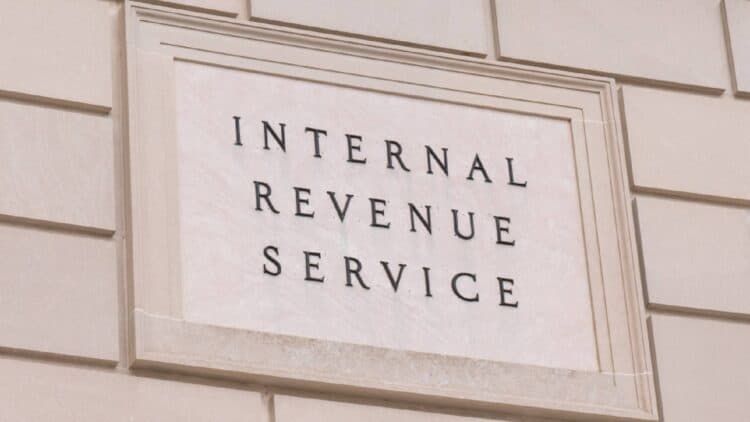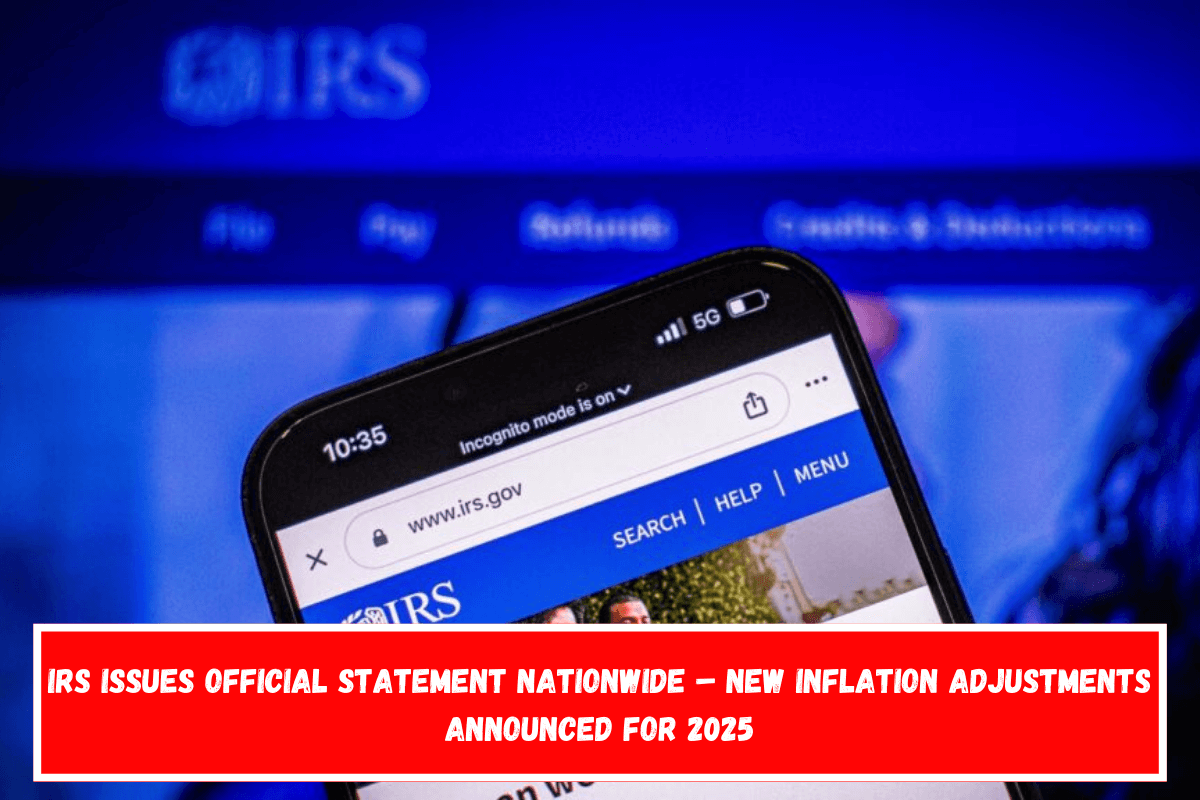Taxes are no different from anything else that changes with the new year. Because of this, the Internal Revenue Service (IRS) has already released the changes to the tax year 2025.
This is so that people have time to get used to them, learn more about them, and feel more at ease in the new year. Many things will stay the same, some will get small changes, and some will be totally rethought. The most important changes, though, are the ones that will directly affect the average taxpayer.
People don’t think the changes are random or annoying; they’re just meant to keep up with the times and make things easier for taxpayers.
Standard Deductions and Marginal Tax Rates
In 2025, standard deductions are seeing some increases:
- Single filers and those married but filing separately get a $400 increase, setting the deduction at $15,000.
- Married couples filing jointly will see an $800 jump, making theirs $30,000.
- Heads of households are also getting a raise, with a $600 increase bringing their deduction to $22,500.
One thing that is not changing in the new year is the top marginal tax rate, which will remain at 37% for singles with incomes over $626,350, and for married couples filing jointly with incomes over $751,600. What will change are the thresholds for the other tax brackets:
- 35% for incomes over $250,525 ($501,050 for married couples filing jointly).
- 32% for incomes over $197,300 ($394,600 for married couples filing jointly).
- 24% for incomes over $103,350 ($206,700 for married couples filing jointly).
- 22% for incomes over $48,475 ($96,950 for married couples filing jointly).
- 12% for incomes over $11,925 ($23,850 for married couples filing jointly).
- 10% for incomes $11,925 or less ($23,850 or less for married couples filing jointly).

Adjustments in Tax Credits and Benefits
These are especially important when it comes tofiling tax returns, some of the alternative minimum tax exemption amounts have been adjusted.
- The exemption for unmarried individuals has been increased to $88,100 and will begin to phase out at $626,350.
- Married couples filing jointly will see their exemption rise to $137,000, with phase-out starting at $1,252,700.
The Earned Income Tax Credit (EITC) will also change. It will go up to a maximum of $8,046 for taxpayers with three or more qualified children, which is especially important for them.
The monthly limit on the qualifying transportation fringe benefit will also go up to $325. The maximum amount an employee can contribute to a health flexible spending account will also go up to $3,300.
Other IRS Notable Adjustments
People with a medical savings account will have new cost ranges: $2,850 to $4,300 for individual plans and $5,700 to $8,550 for family plans. Also, the amount of foreign earned income that is not taxed will go up from $126,500 in 2024 to $130,000 in 2025.
It’s also the case that the basic exclusion for estates is going up to $13,990,000,000, and the annual gift exclusion is going up to $19,000. There’s also good news for adoption credits: the biggest credit you can get for adopting a child with special needs will be $17,280.
Renewal of Preparer Tax Identification Numbers (PTINs)
Not only did the IRS make changes to taxes, but they also started renewing the PTINs of the 810,000 tax return preparers who need to by today. The $19.75 fee to renew hasn’t changed, and you can do it all online to save time.
To avoid fines, it’s important to update the PTIN on time. They should also keep learning by taking courses offered by the IRS (their Annual Filing Season Program is available). The goal of this program is to make federal tax returns more accurate and honest. It will help both taxpayers and tax pros file their taxes.















Leave a Reply